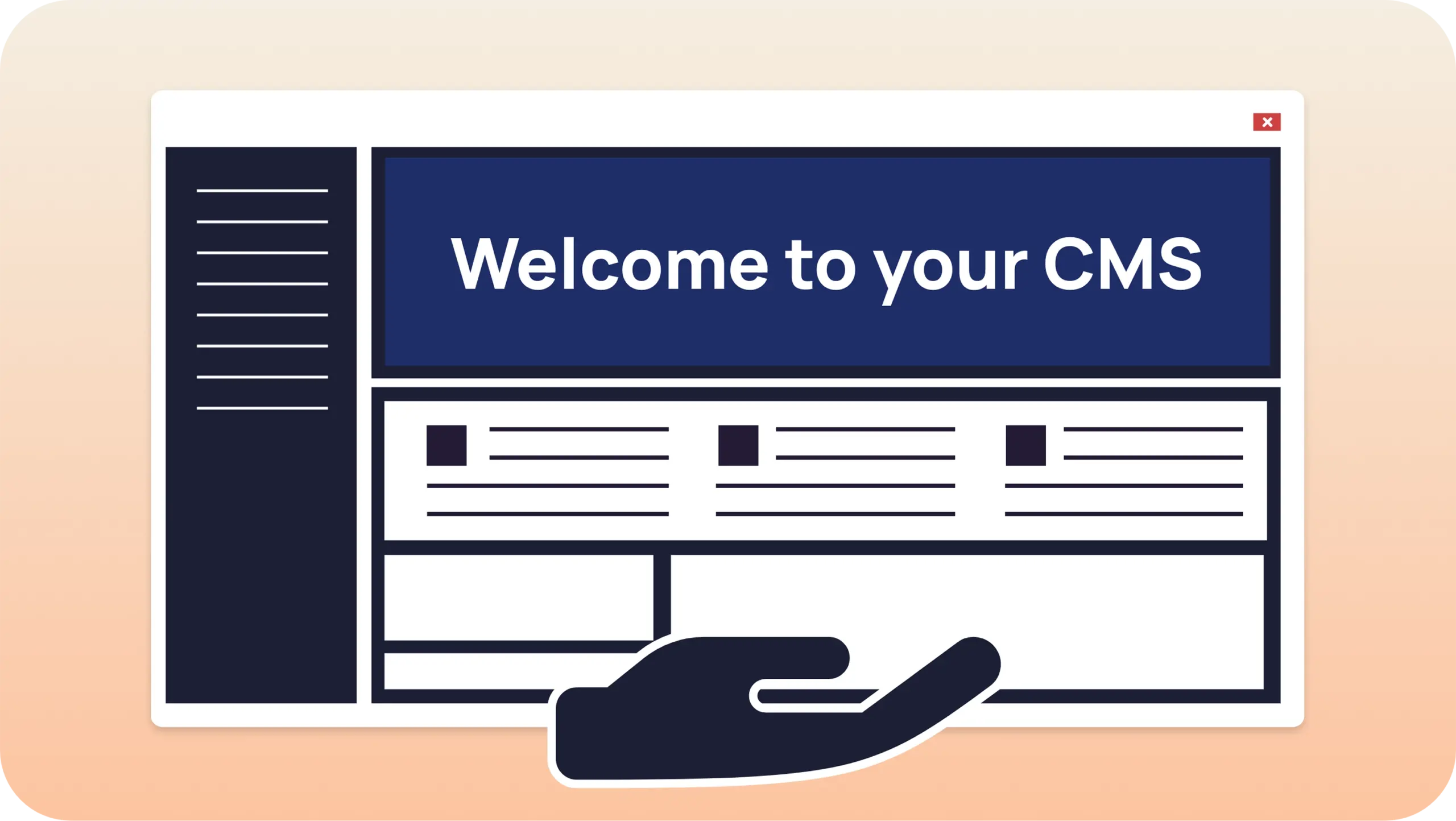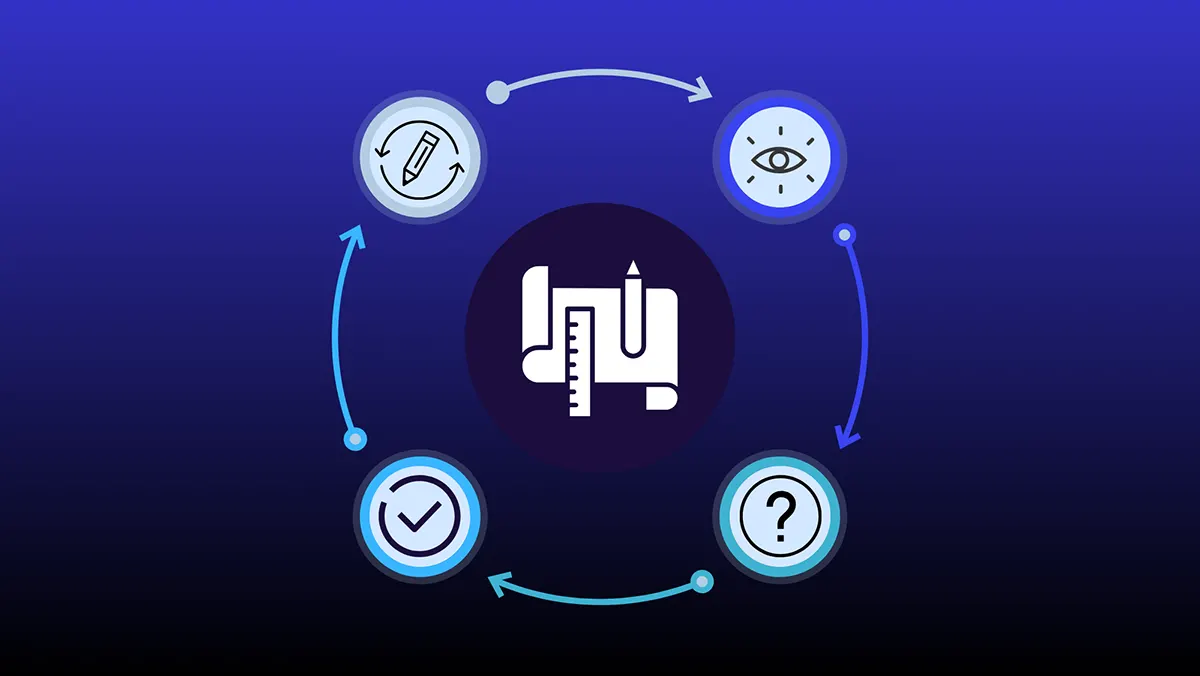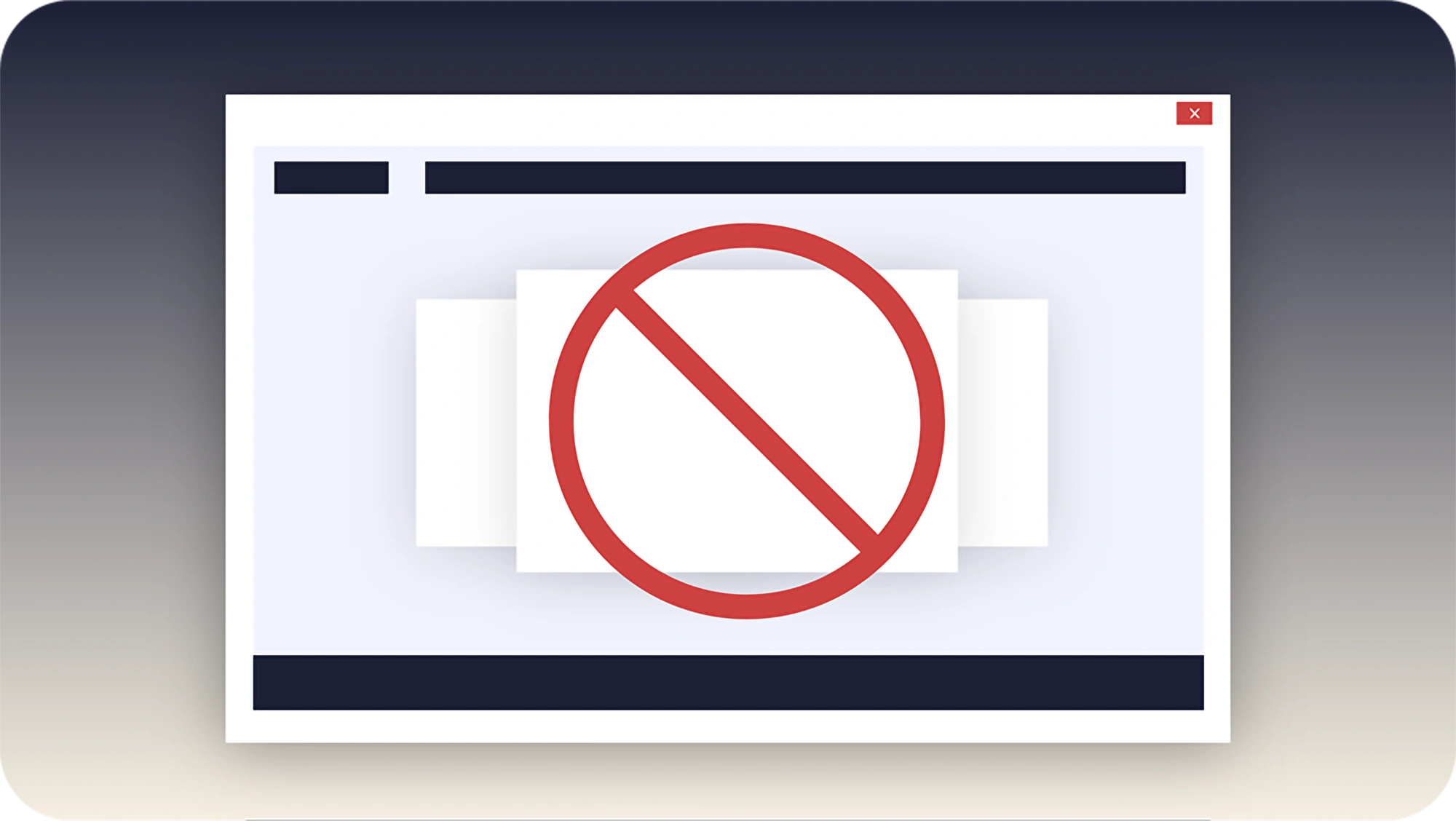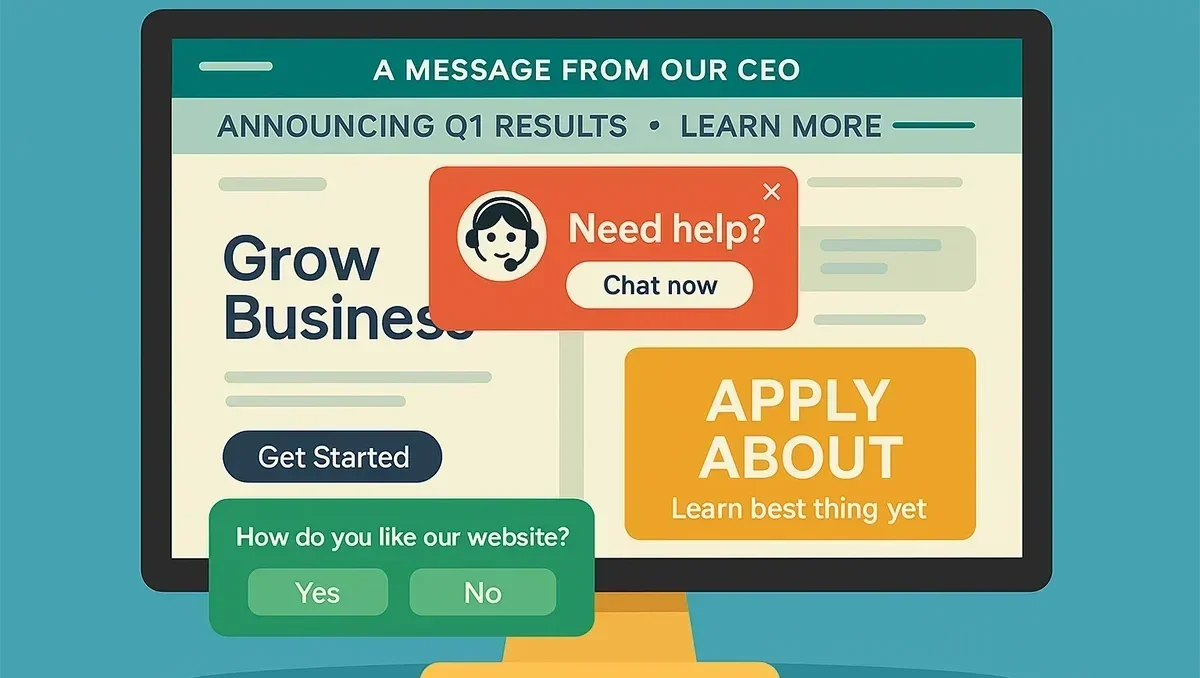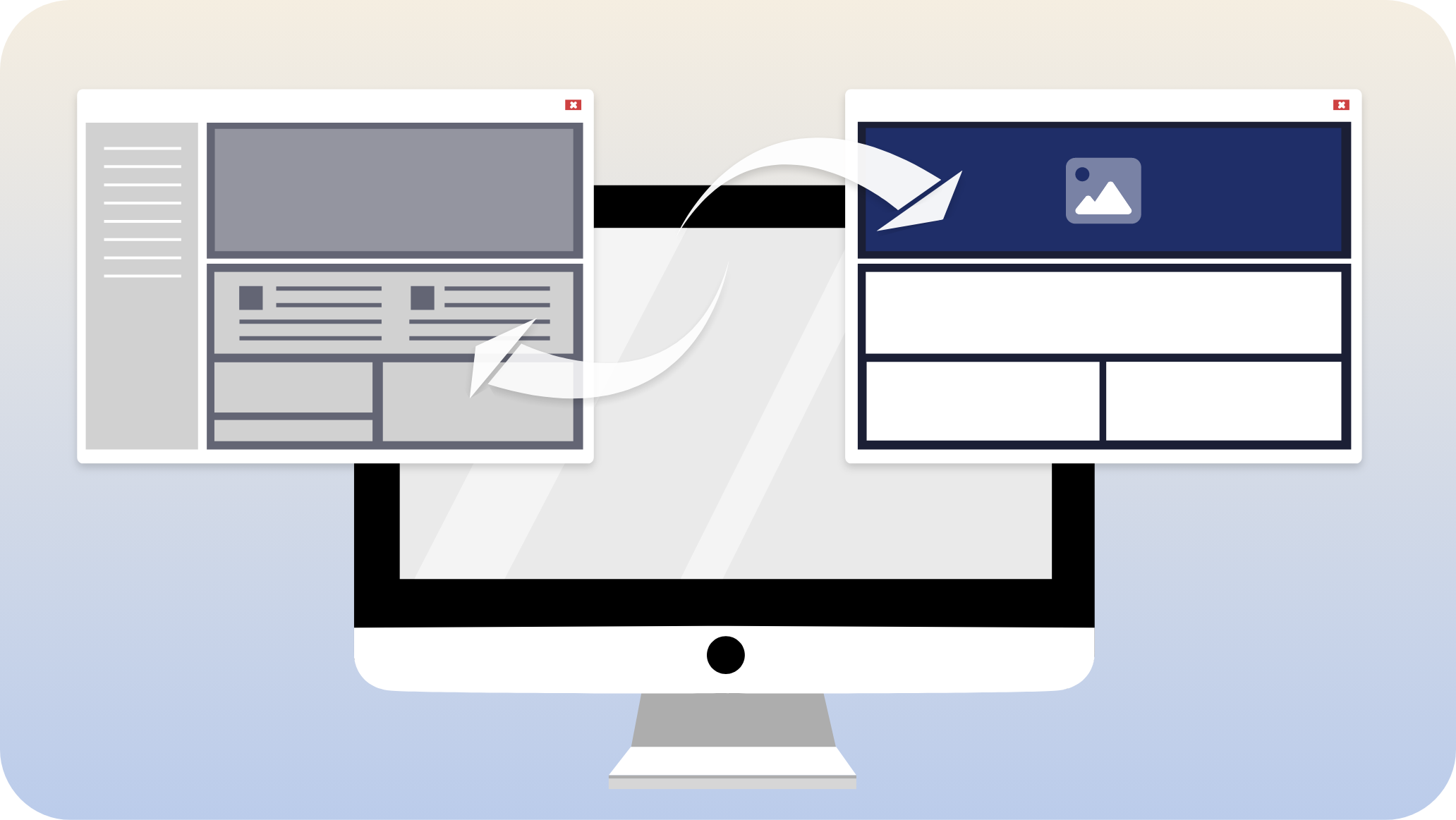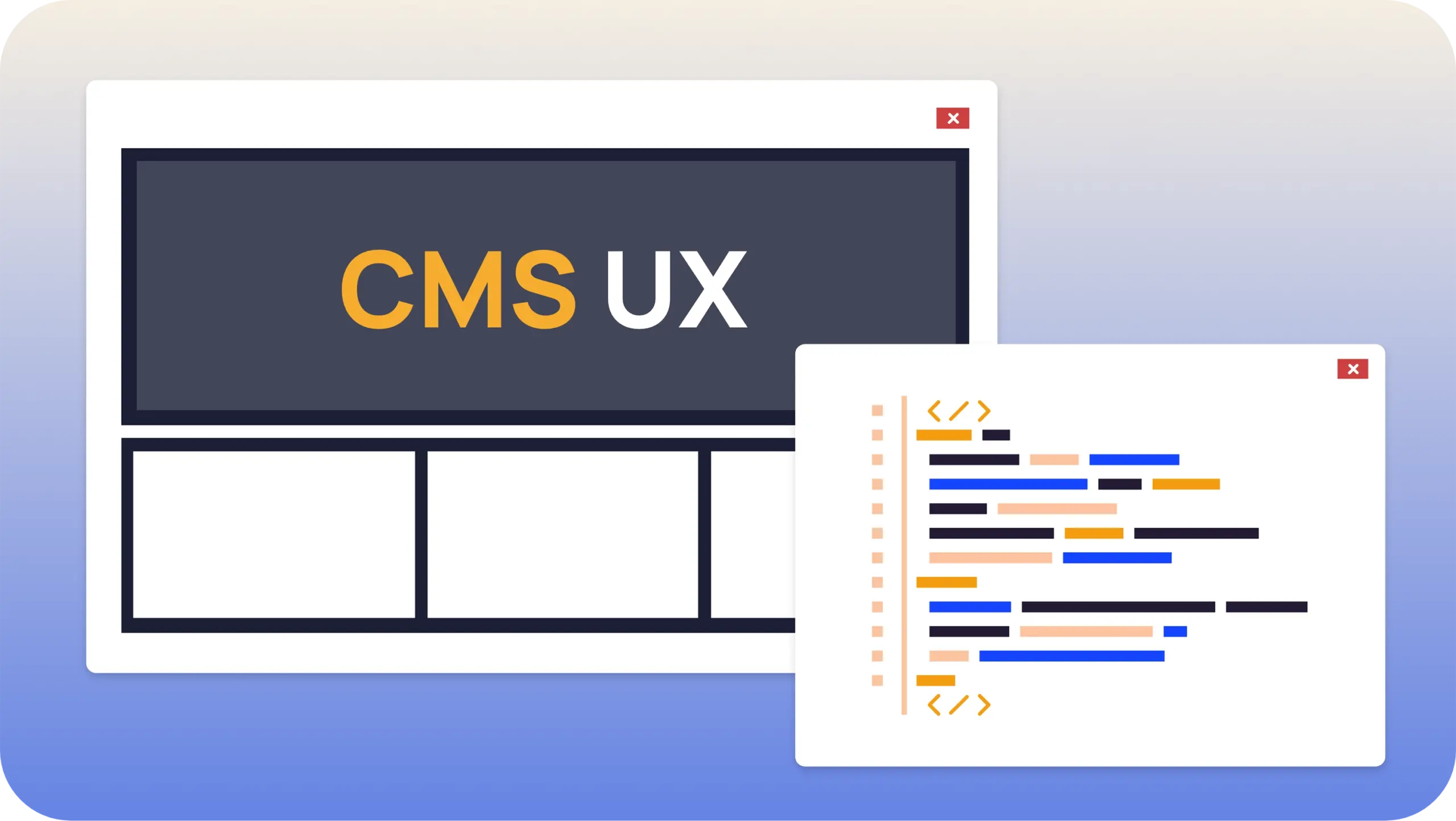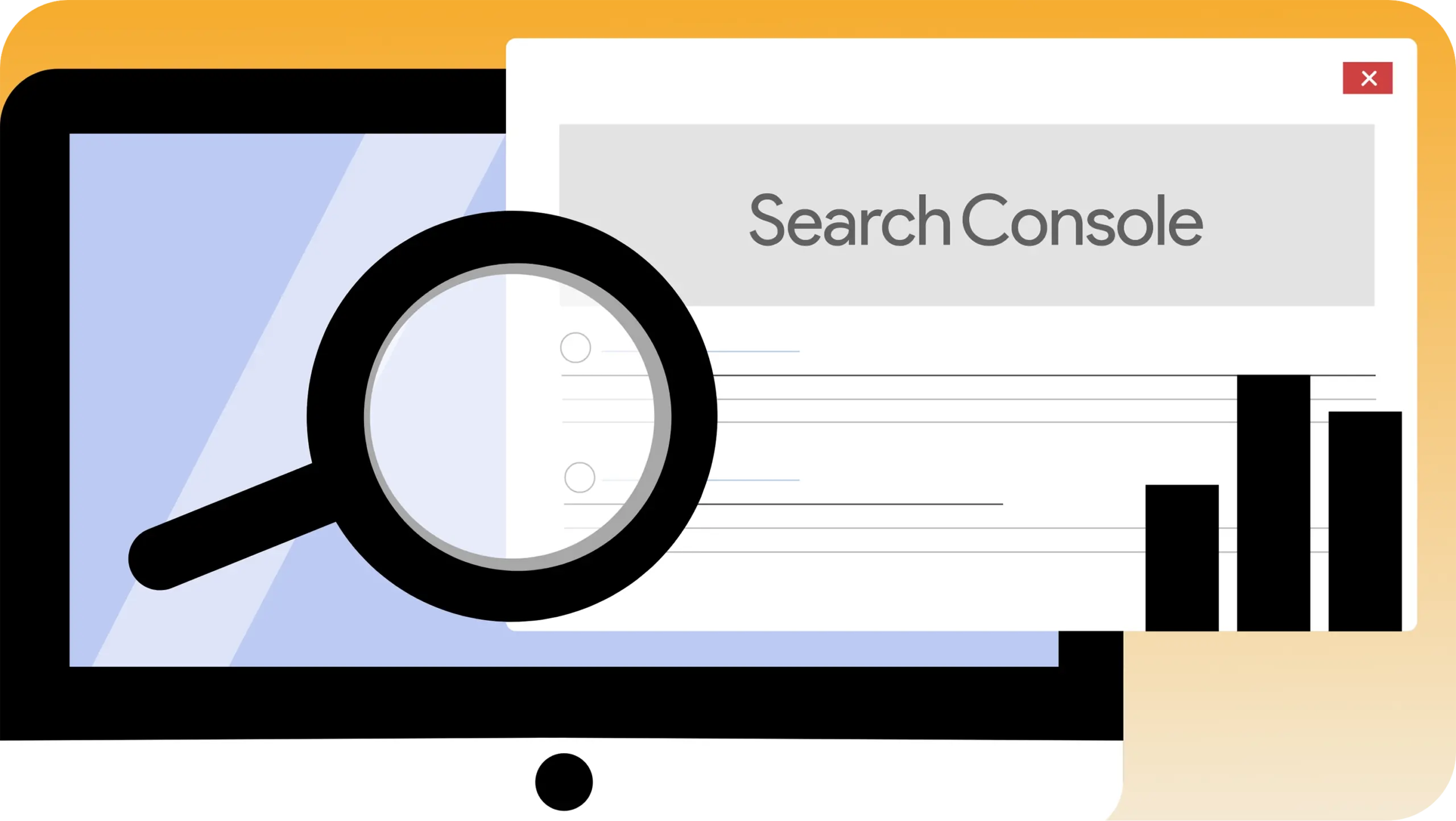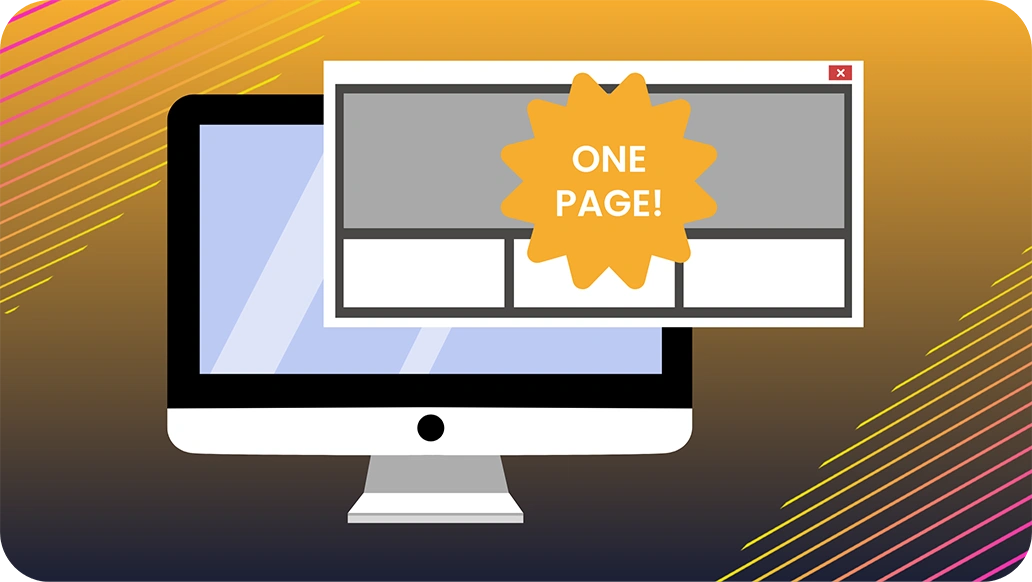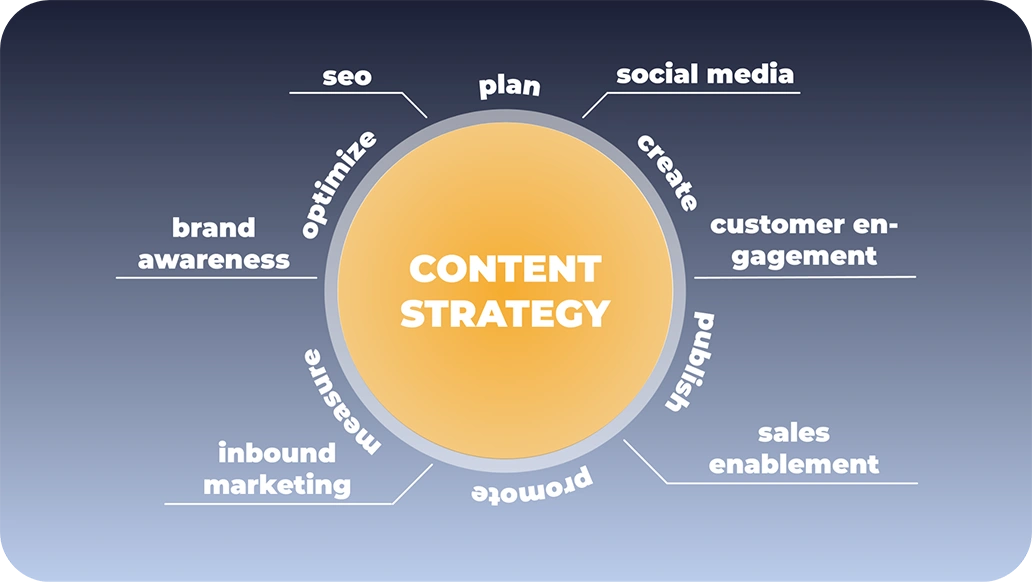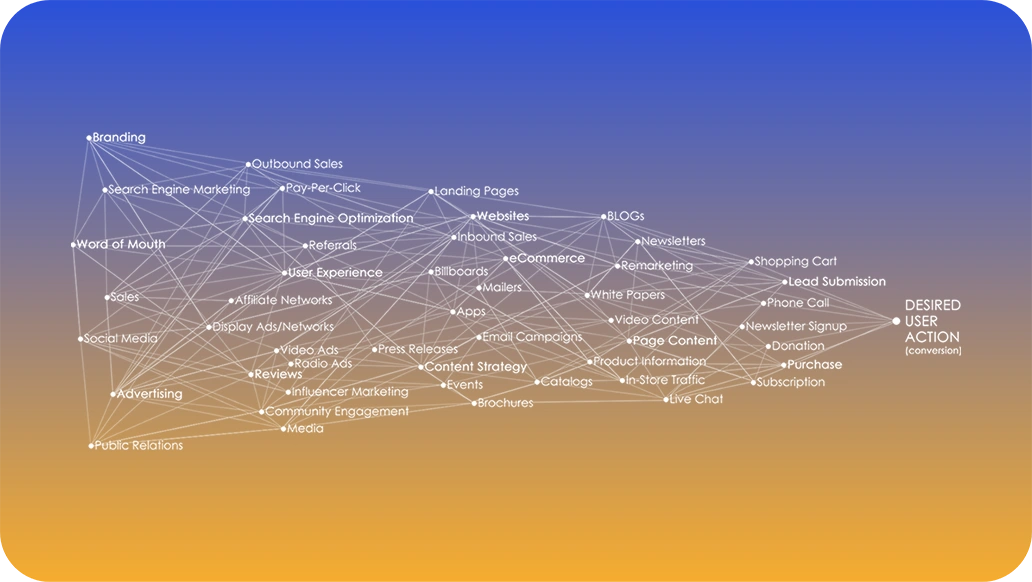An effectively operational, streamlined, and adaptable content management system (CMS) can alleviate a significant amount of frustration for users engaged in website content management. To address the challenges stemming from a poorly structured CMS (discussed in more detail here), developers and website managers can take the following steps:
- User-Centered Design: Reevaluate the flow of your CMS with a strong focus on user experience. Ensure that the interface is intuitive, easy to navigate, and user-friendly for both technical and non-technical users.
- Optimize Workflow: Streamline the content creation process by reducing unnecessary clicks and navigation. Implement features that allow users to edit content directly within the context of the page, minimizing the need to switch between different sections.
- Flexibility and Customization: By not using a website template, you can enhance the CMS’s flexibility by providing options to users to customize templates, layouts, and content structures. This enables them to tailor the website’s appearance and functionality according to their specific needs.
- Regular Updates: Regularly update the CMS to fix bugs, improve performance, and add new features based on user feedback. This demonstrates your commitment to enhancing the platform and addressing user concerns.
- Simplified Page Builders: If your CMS uses page builders, refine them to strike a balance between simplicity and customization. Provide a range of pre-designed elements while allowing users to modify them as needed.
- Training and Documentation: Offer comprehensive training resources and documentation for users to become proficient with the CMS’s features. This can reduce the learning curve and empower users to leverage the platform effectively.
- Custom Development: Consider investing in custom development for specific features that are essential to your users but not offered by off-the-shelf solutions. This can give your CMS a competitive edge.
- Consult Professionals: If your current website CMS’s back-end is deeply flawed, consider consulting with experienced web developers, UX designers, and content management experts to assess your options for improving or transitioning to a more suitable CMS or reconstructing your current one.
- Migration Strategy: If necessary, plan a well-structured migration to a more capable CMS that aligns with your needs. This may involve transferring content, redesigning templates, and ensuring a smooth transition for users.
Remember that the key to fixing a poorly executed CMS is an ongoing commitment to understanding user needs, improving functionality, and providing a platform that empowers users to efficiently manage their content while delivering a positive experience to website visitors. We have 20+ years of experience and user feedback that have helped us vastly improve upon the out-of-the-box CMS. Whether you’re wanting improvements, a re-do, or a complete migration, Logical can help you.
© Melinda O’Connor 2023

